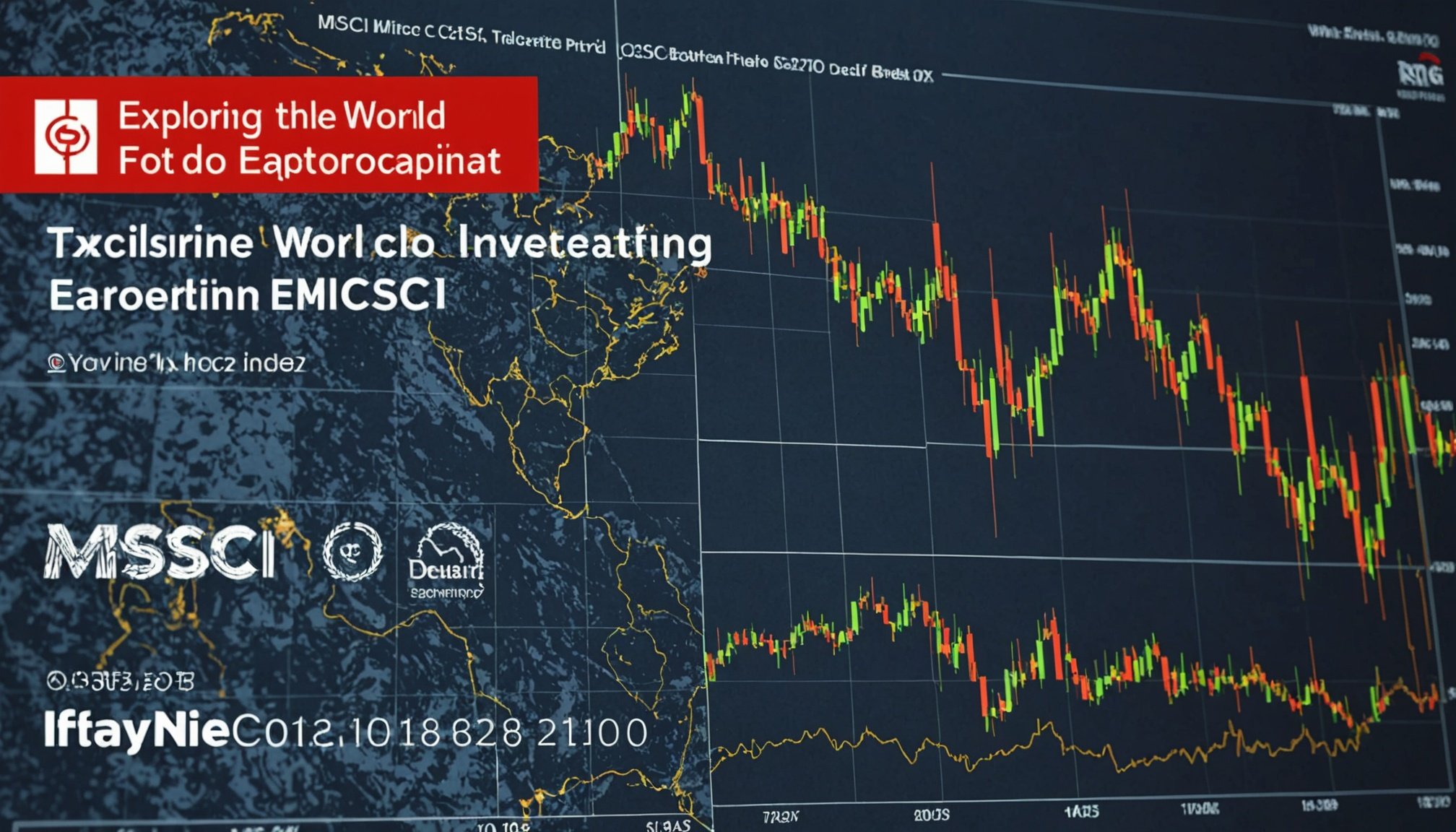The MSCI World Index offers broad exposure to leading companies across 23 developed countries, combining diversification and global reach in one investment. Understanding its structure and performance helps investors build resilient portfolios that capture international growth opportunities without concentrating risk in any single market. By unlocking this index’s potential, you gain access to a strategic tool designed for long-term, global investment success.
Understanding the MSCI World Index and Its Role in Global Investing
Explore the MSCI World index with Easyvest serves as a key global equity benchmark, tracking large and mid-cap stocks across 23 developed countries. It offers a comprehensive view of international stock index performance, making it essential for those seeking a diversified global portfolio. The index’s broad country allocation ensures exposure to major economies, while its structure emphasizes stable, established firms.
Sujet a lire : Top credit management strategies to drive successful outcomes
Incorporating a mix of sectors—from technology to financials—MSCI World reflects the global economic landscape. It uses a market capitalization weighting method, meaning larger companies have a proportionally greater influence on returns. This structure supports an index construction process that is reviewed quarterly, maintaining relevance for investors.
Investors can access this index through ETFs that track its performance. Such funds enable an investment in global stocks with low costs and high diversification, reducing individual country or sector risks. The index’s comprehensive ESG integration and environmental metrics align with sustainable investing trends, further supporting smart portfolio decisions.
A voir aussi : How can UK landlords utilize AI for predictive maintenance of rental properties?
Composition and Methodology of the MSCI World Index
Constituents and Market Cap
The MSCI World Index serves as a global equity benchmark representing large and mid-cap stocks across 23 developed countries. Over 1,500 companies are included, with a strong focus on a diversified global portfolio by sector and market capitalization weighting. The index provides broad global market exposure, ensuring the inclusion of top companies by market cap, which has a direct effect on index performance and investor sentiment analysis. Sector allocation analysis remains central, as technology sector weight and financial sector influence can meaningfully shift risk profiles and long-term investment outlooks. Country allocation in global indices is determined by national economic prominence and strict inclusion criteria for index eligibility.
Construction Methodology
MSCI global indices methodology employs a free float market capitalization approach, considering only shares available for public trading. This allows for transparency in how global indices are constructed and ensures that developed markets focus is maintained. The presence of ESG integration in global indices means that environmental, social, and governance considerations—such as board gender diversity and carbon intensity—receive systematic attention for investment diversification strategies and sustainable investing trends.
Rebalancing and Maintenance Procedures
Index rebalancing frequency is fixed: the index is reviewed quarterly and fully rebalanced semi-annually. This rebalancing process supports efficient portfolio risk management and solidifies the index’s reputation as a consistent international stock index. Data on constituents are updated regularly to reflect ongoing changes in global financial market overview, aligning with dynamic global economic factors impact and portfolio rebalancing techniques.
ESG Integration and Sustainability Metrics in the MSCI World Index
ESG Criteria and Inclusion Measures
ESG integration in global indices is now a foundational element in the construction and ongoing management of the MSCI World Index. The index employs environmental social governance considerations as key criteria for index inclusion, evaluating large and mid-cap stocks on factors such as compliance with UN Global Compact principles and the presence of red-flag ESG controversies. ESG integration in global indices is reinforced by regular monitoring of board gender diversity and adherence to International Labour Organization standards, ensuring that the diversified global portfolio meets strict governance requirements.
Environmental and Social Impact Indicators
Climate risk indicators—including Policy Risk Climate VaR (%), Technology Opportunities Climate VaR (%), and Physical Risk Climate VaR (%)—are systematically tracked within the MSCI World Index. Carbon intensity metrics, such as Enterprise Carbon Intensity and Weighted Average Carbon Intensity, assess emissions in relation to financial metrics, helping investors gauge the index’s exposure to environmental risks. These environmental social governance considerations also include tobacco industry screens, sector allocation analysis to avoid high-risk groups, and monitoring of sector diversification importance.
ESG Data Refresh and Monitoring Practices
Data refreshes occur on a regular basis, ensuring ESG integration in global indices remains aligned with current events and risks. This allows the diversified global portfolio within the MSCI World Index to reflect new controversies, improvements in sustainability trends, and shifts in market capitalization weighting as part of ongoing index rebalancing frequency. Robust data from MSCI ESG Research LLC underpins these practices, supporting sound passive investing benefits and comprehensive portfolio risk management.
Investment Opportunities and Performance Considerations
Exchange-Traded Funds Tracking the MSCI World Index
Index tracking ETFs are a practical gateway for exposure to the MSCI World Index. These ETFs meticulously replicate or sample the underlying global equity benchmark, reflecting the performance of over 1,500 large and mid-cap stocks. Investors seeking a diversified global portfolio benefit from strategies that focus exclusively on developed markets, ensuring broad sector allocation analysis and minimizing concentration in any single country.
Low-cost global ETFs dominate the landscape, leveraging market capitalization weighting to provide efficient global market exposure. Their structures are designed for passive investing benefits, combining transparency with tax efficiency. The best ETFs for global stocks are rebalanced in alignment with index rebalancing frequency, keeping portfolios aligned with the latest index price trends.
Benefits of Passive Global Investing
Passive investing offers investment diversification strategies essential for weathering market volatility impact and aligning with long-term investment outlooks. By tracking a major international stock index, investors gain stability against individual country risks, currency risk in global investing, and sector shifts. This approach supports a more stable historical index performance and mitigates emotional decision-making.
Performance Trends and Risk Management Strategies
Careful review of historical index performance underscores the resilience and growth potential of a diversified global portfolio. Market volatility impact on global indices remains a key consideration, yet diversified asset allocation models and prudent portfolio risk management can reduce drawdowns. Regular review of index price trends and index tracking ETFs ensures strategies remain adaptive to current conditions and global economic factors impact.












